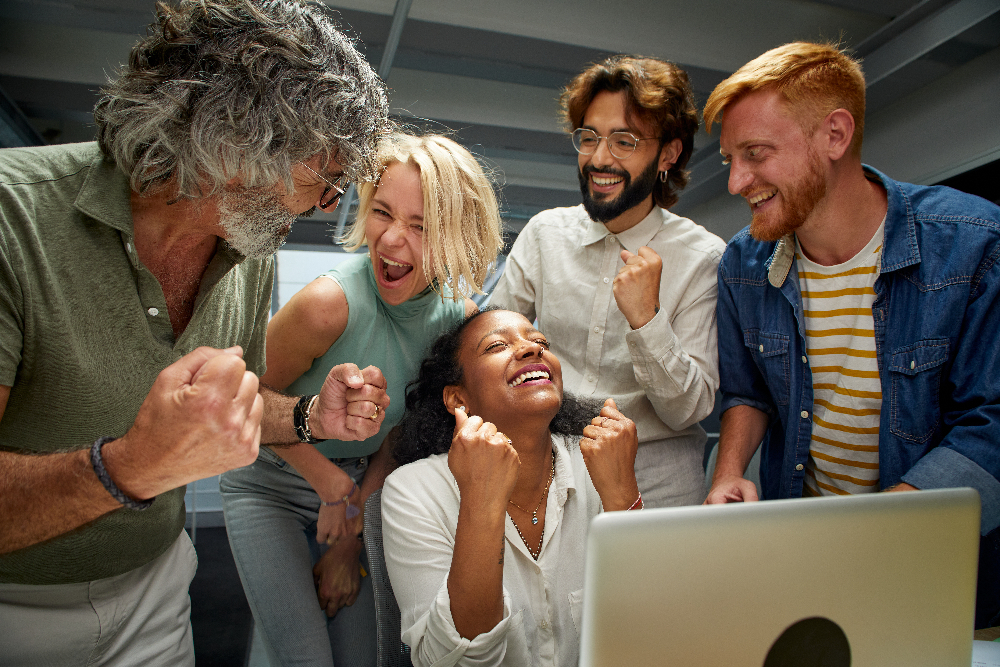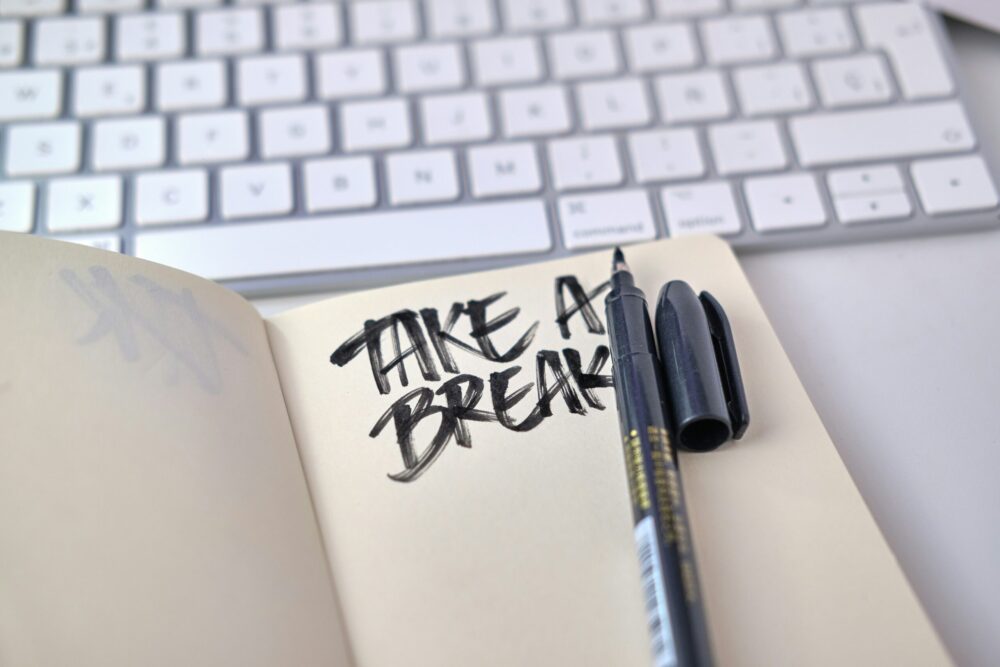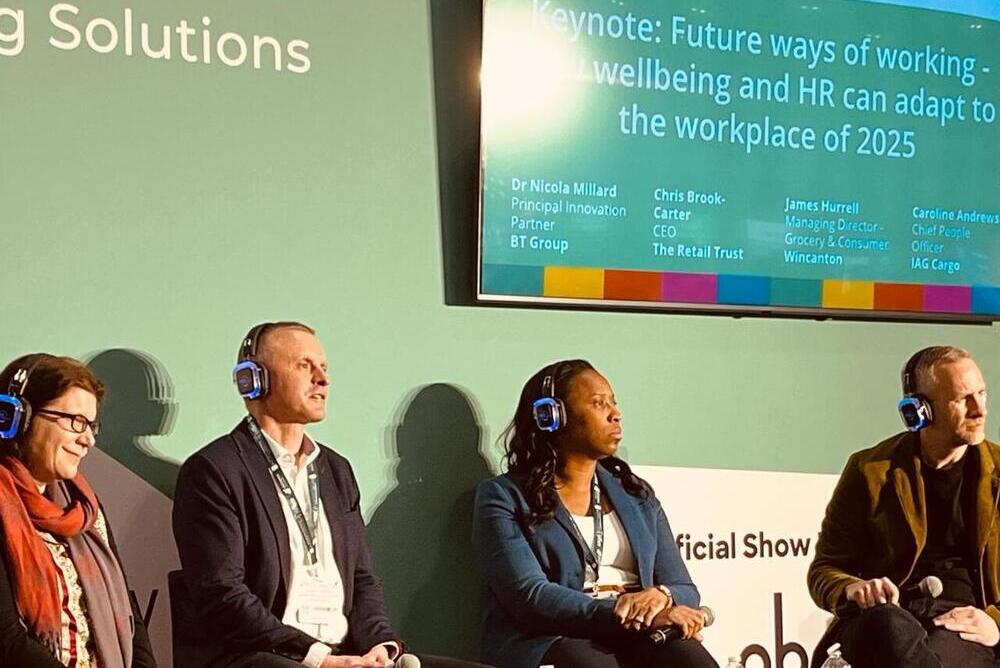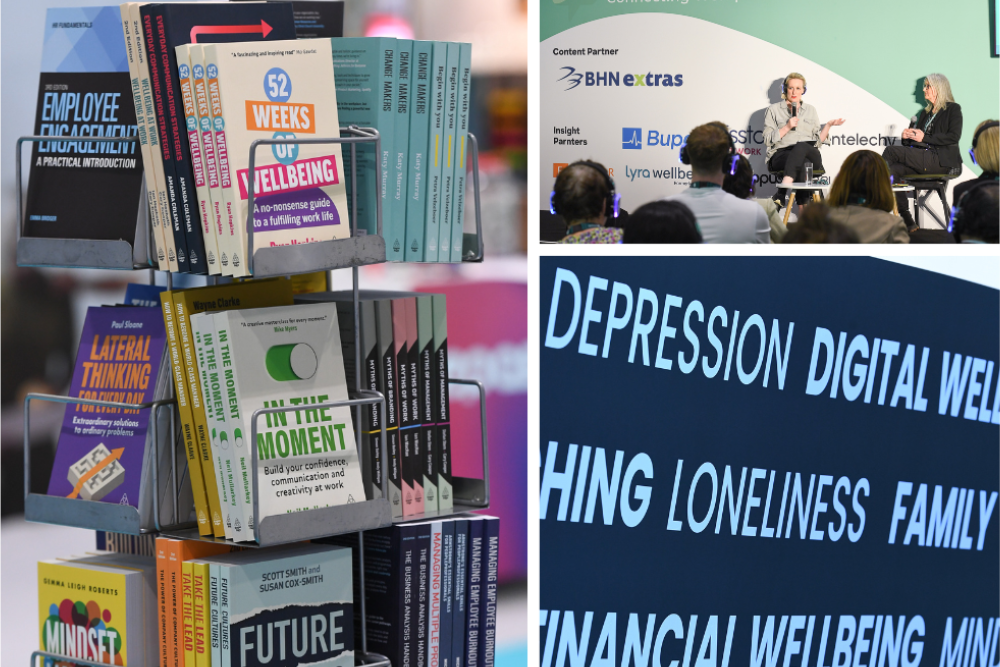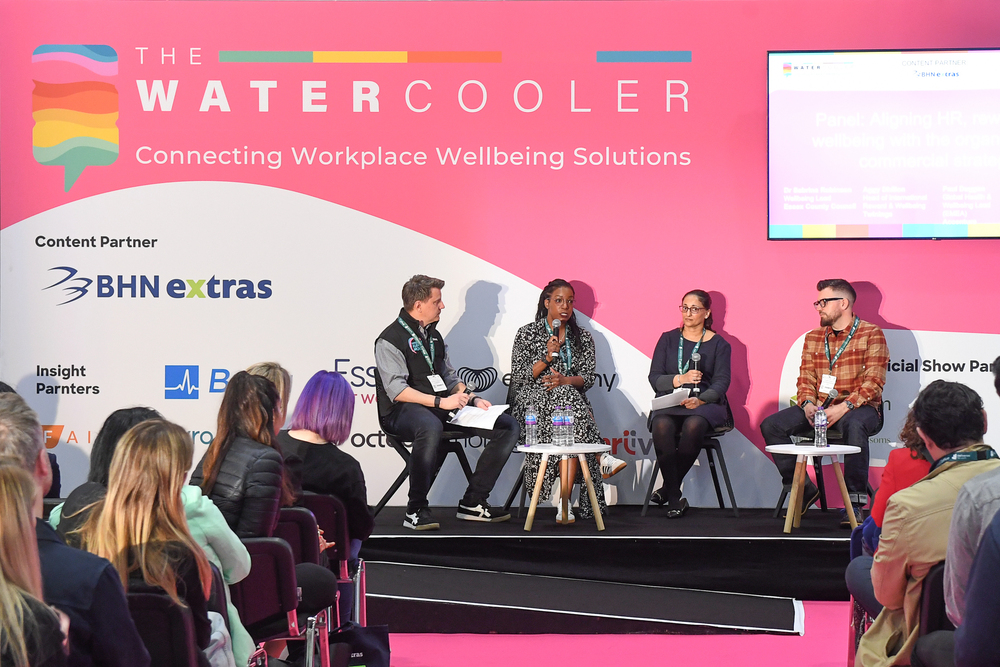Different employees have different attitudes to spaces and what the ‘office’ means to them. This is particularly challenging, and true, when it comes to different age groups.
But, with an aging population and employers increasingly managing four generations in one workforce, it’s an issue that can’t be avoided – particularly when bringing people back into the office.
“The Boomers and Gen Z have such different attitudes to space and what they need, and what supports them to be successful in the office,” says Caitlin Warfield, Vice President, Marketing and Communications, Europe & U.K, Brookfield Properties. “So when you look at an office space, you really need to think in terms of channels and identify the multi-layers and different types of space.”
Older workers prefer their own desk
Typically, older generations prefer working at a desk, with their own set-up and where they know they can work every day, should they wish. “Whereas Gen Z is more interested in working from a sofa, being flexible or across several modalities,” adds Warfield.
Companies like Brookfield are trying to create offices that cater to all these needs. But one of the problems with this is the risk that different generations will gravitate to their own age-separated spaces and there won’t be that natural mixing, which leads to innovation, relationship building and mentorship, that is one of the greatest benefits of getting employees back into the office.
This is an issue Matt Urbaniak, Senior Workplace Manager, Hannover Re, who spoke at The Watercooler on this topic, is currently grappling with. With its new office, moved into post-pandemic, hot desking with a booking system has been introduced. Instead of a specific desk, employees have got lockers. As well as the hot desking areas, there are designated quiet zones.
Offering different types of spaces
“Some people still find the new arrangement a bit uncomfortable. Especially the senior employees. That’s been our biggest challenge and, to be honest, we still have the odd complaint even though most people are happy overall,” he says. “The most frequent complaint is from people whose ‘normal’ desk is not available because there are some other colleagues nearby who are chatting and hosting a meeting.”
Temporary meeting rooms are also available for everyone, to work in groups or on confidential work. However, Urbaniak decided to stop taking pre-bookings for these spaces (unlike the desk spaces) because he didn’t want people to block book those spaces in advance and isolate themselves from others. “They are an adhoc space. We didn’t want to create these separate spaces and people to be using them because they didn’t like talking to others, or working in the main office,” he says.
Innovative ways to get people to mix
As he recognises the challenges, for some colleagues in particular, of talking to colleagues, especially ones they don’t know, he’s come up with innovative solutions to get people mixing, particularly cross-functionally.
At first, for example, hot desks were clustered by department. But he realised that this was causing further separation, so he soon scrapped this approach in favour of an un-siloed one where anyone can book a desk anywhere.
“Departments weren’t talking to each other, they were huddling around a bunch of desks. There was no collaboration or communication or relationship building. This was the opposite of my intention!” he says. “Collaboration is a key objective for our business and one I’m measured on quarterly.”
Connecting through coffee
Urbaniak realised there was a need to support colleagues further to speak to each other and create activities to do this. For example, he’s recently launched an initiative called ‘Coffee Connector’.
“With a colleague, you grab a voucher from reception to get free coffees in our barrister served cafe. But this is not ‘bring your bestie’; you’re encouraged to go with someone you don’t normally talk to,” he explains.
Already he’s seen the fruits of his labour, noticing more inter-departmental meetings and collaborative projects. As Claudia Bastiani, Head of Workplace Experience & Design at Legal and General, says that how to make spaces truly inclusive for neurodivergent colleagues is another current focus in the design community, due to the fact there are such different needs under this large umbrella.
Spaces that suit neurodivergent colleagues
“Some people might like quiet, cellular areas in which they can focus,” she says. “Others on the neurodiversity spectrum may actually like more noise, chaos and distraction. And we need to be creating spaces for all these preferences,” she says.
The devil – or success, rather – is in the detail. Diane Lightfoot, CEO of Business Disability Forum, gives the example of a fridge in an office. When you’re designing your space you may assume one fridge in a kitchen is enough – but have you considered whether you have, or will have, employees who follow a Halal or Kosher diet?
“They may not want to put their food in the same fridge as where non-Halal or non-Kosher food is stored – the same with food preparation areas. Also, it’s worth thinking about having some rest spaces away from the kitchen for people who may be fasting,” she says.
The detail makes all the difference
Details like this make all the difference and offering people choice over the spaces that are available helps employees feel included because their needs are recognised and met, says Lightfoot, adding:
“We all want to feel that we belong. An inclusive space is where people see their needs being met and feel valued as a result. The way an organisation designs and presents its physical space speaks volumes about who it values. An organisation may not always get it right all the time but it’s about what they do to try and fix that situation – and communicate what they are doing in the meantime.That ‘human’ element is really important.”


